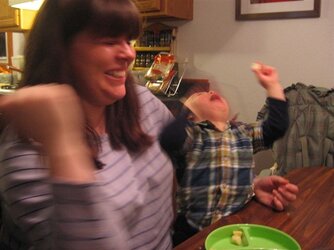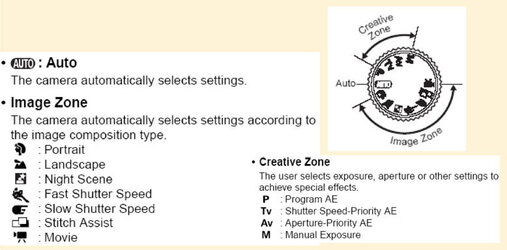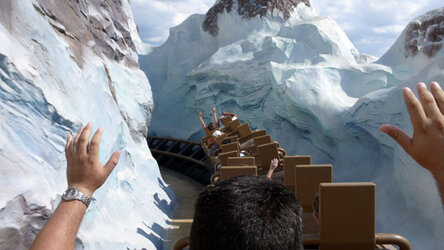- Joined
- Jan 10, 2003
- Location
- west virginia
With a 22 month old son and another daughter on the way (next month!) a digital camera is essential, however my Canon Powershot A520 (top rated on Consumer Reports) is fuzzy at times (see image below)
I'm no expert on digital cameras, what kind of feature should I be looking for in a digital camera to prevent the "fuzziness" when my kid(s) are in motion and I want to capture the Kodak moment?
I'm no expert on digital cameras, what kind of feature should I be looking for in a digital camera to prevent the "fuzziness" when my kid(s) are in motion and I want to capture the Kodak moment?



